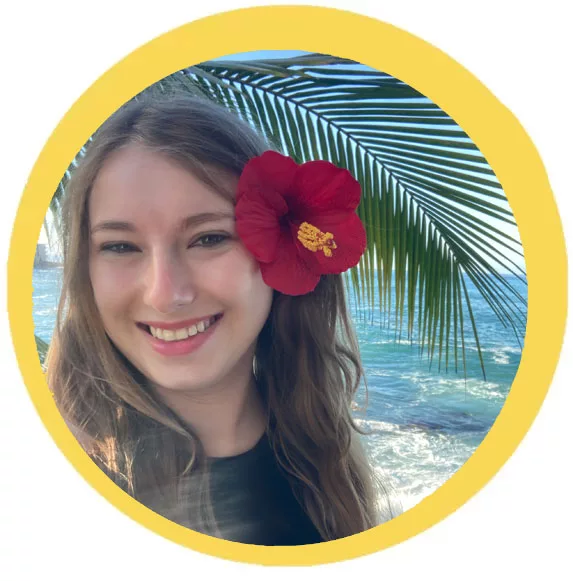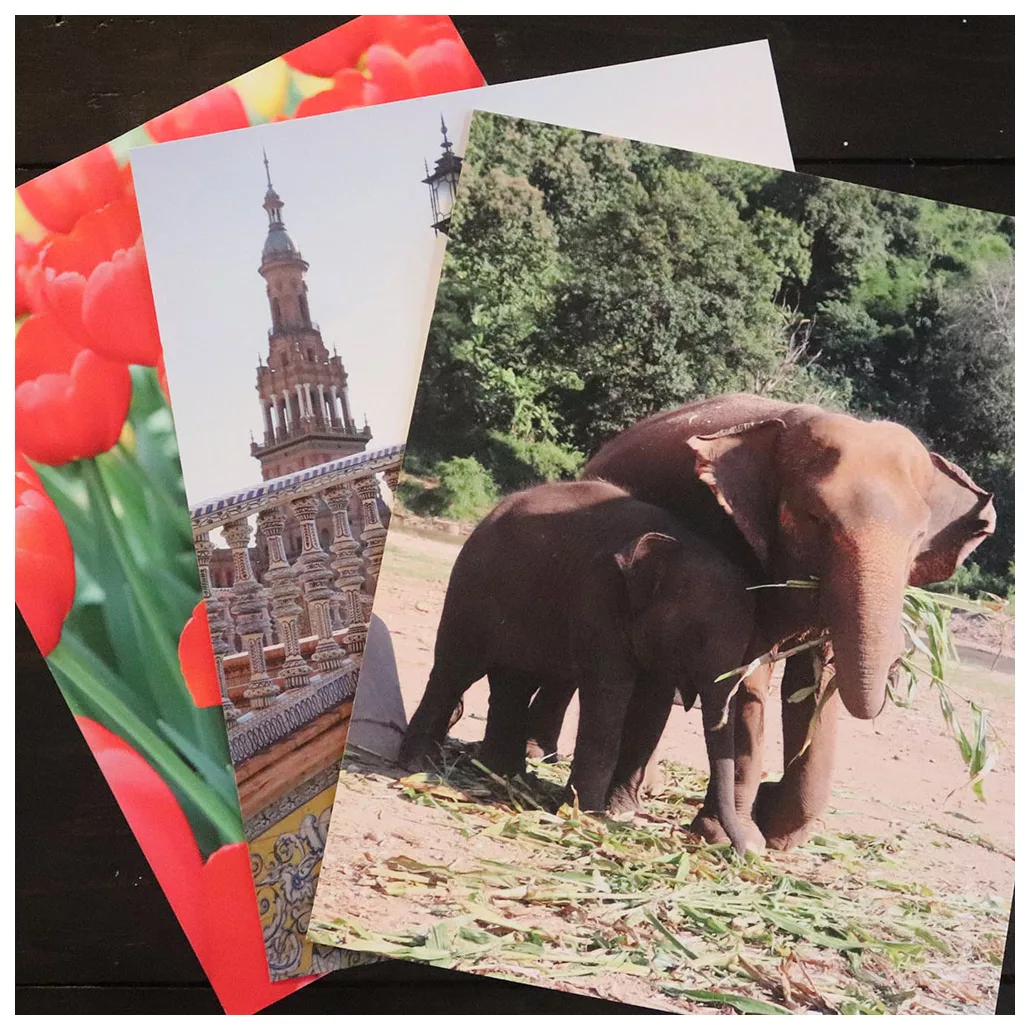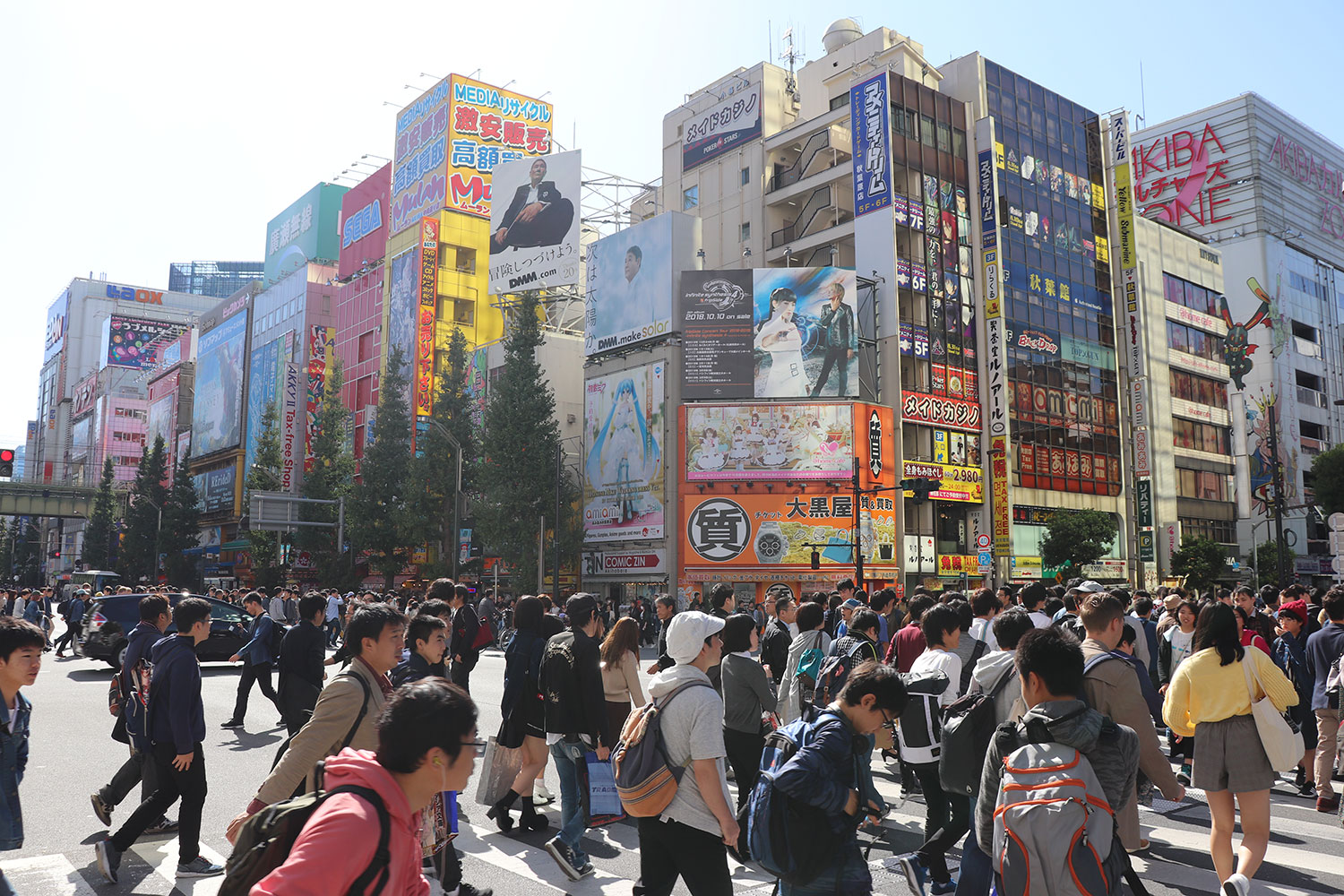
This 2 week Japan itinerary, labelled “Between Cities & Nature,” is designed to bring first-timers around to see some of the country’s most popular cities and tranquil spots. The best of both worlds! It covers Tokyo, Kyoto, Hiroshima and Miyajima with several day trips to beautiful areas. This 2 week Japan itinerary is similar to the one my brother and I took on our first trip to Japan.
I wrote this 2 week Japan itinerary with the intent that it’s open and flexible. Though I have recommendations for each day, you can pick and choose what you would like to do and what times you’d like to move onto the next place. It’s also not jam-packed with activities so you have time to unwind and relax (but of course you will see some of the country’s most iconic and beautiful places!).
| Days | 15 (13 full days) |
| Start | Tokyo |
| End | Tokyo |
| Destinations | Japan – Tokyo, Kyoto, Hiroshima, & Miyajima with day trips to Nikko, Nara, and Bunny Island |
| Transport | Train |
2 Week Japan Itinerary: Overview
| Day 1: | Arrive in Tokyo |
| Days 2-4: | Tokyo |
| Day 5: | Day Trip to Nikko |
| Day 6: | Transfer to Kyoto |
| Days 7-8: | Kyoto |
| Day 9: | Day Trip to Nara |
| Day 10: | Transfer to Hiroshima |
| Day 11: | Day Trip to Bunny Island |
| Day 12: | Hiroshima & Miyajima |
| Day 13: | Miyajima |
| Day 14: | Back to Tokyo |
| Day 15: | Depart |
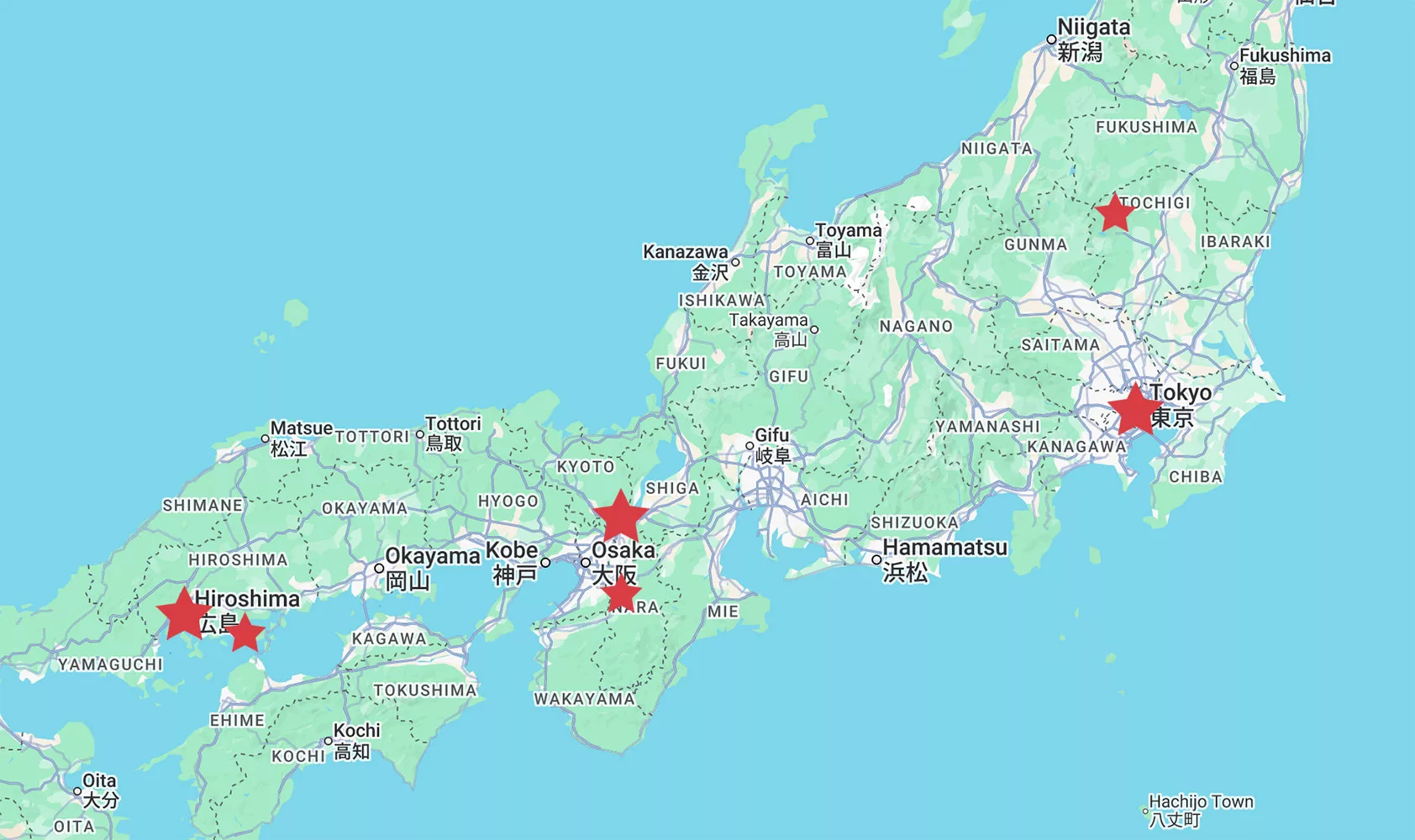
Map of this 2 week Japan itinerary.
Day 1: Arrive in Tokyo
Your trip starts when you arrive in Tokyo. You can arrive at any time and check into your accommodation. Pick up a Suica card to simplify getting around the city. If you have the energy, go out and get something to eat and explore the city a bit. But if not, don’t stress; you can rest before starting your adventure on Day 2.
Book your stay in Tokyo
Day 2: Tokyo
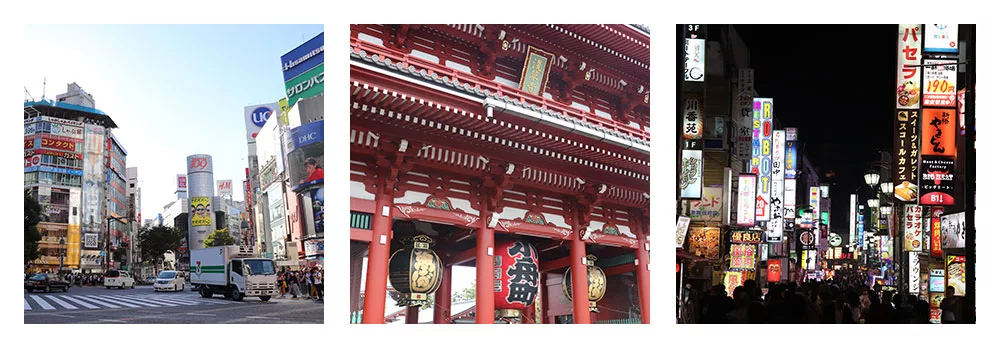
Enjoy a full day in Tokyo! I highly recommend spending your first day in Taito, seeing Senso-ji Temple and the surrounding areas. Here you can see the beautiful temple but also get a taste for the big city life that defines Tokyo. Then you can make your way over to Ueno Park where I highly recommend seeing the Ueno Toshogu Shrine, one of my favorites! This area has a bunch of museums if that’s something you’d like to see, as well. I recommend the Tokyo National Museum.
In the evening, you can head down to the popular areas Akihabara and Asakusa to see all the lights that make Tokyo so special at night.
Some things to do in Tokyo:
- Senso-ji Temple
- Edo Tokyo Museum
- Tokyo Skytree
- Tokyo National Museum
- Ueno Royal Museum
- Tokyo Metropolitan Art Museum
- Ueno Toshogu Shrine
- Imperial Palace
- Sumida Hokusai Museum
- Museum of Modern Art
- Tokyo Tower
- Mori Art Museum
- Ota Memorial Museum of Art
- Meiji Jingu
- Tokyo Metropolitan Government Building
Day 3: Tokyo
Today, I recommend heading to another side of the city. You can see the famous Shibuya Crossing scrabble before heading to another one of my favorite parts of Tokyo – Meiji Jingu! This huge shrine is a must-visit. Spend the day exploring the area (maybe Shinjuku Gyoen National Garden?) and at night you can head over to Shinjuku. There’s a lot of restaurants here but I do not recommend eating here since it’s known for scams. My brother and I ignored this advice and got charged a $40 “service fee” in one restaurant.
But not to fret – there are SO many delicious and honest places to eat in Tokyo.
Day 4: Tokyo
Another day in Tokyo? Absolutely! You will not believe how big this city is and how much there is to explore. Today I recommend seeing the things you wanted to see but didn’t get to. You will probably notice by this time how little ground you’ve covered compared to how big the city is. Perhaps you could head to Tokyo Tower or the Imperial Palace and Gardens. You could also venture across the river to the Sumida Hokusai Museum or Edo Tokyo Museum (Fukagawa Edo Museum).
If you’re not into that kind of thing, you can also book something like a samurai show, a traditional tea ceremony, etc.
Book an organised tour in Tokyo
Day 5: Day Trip to Nikko

It’s time to activate your JR Pass because you’re going on your first day trip! My brother and I lost a few hours trying to figure out how to get there (UGHHH) so I recommend reading this guide before leaving to make the most of your time.
Nikko is home to the beautiful Toshogu Shrine, which is the real highlight of the trip. There are also many other, smaller shrines in the area. You’ll notice that Nikko is located in a beautiful mountainous area where the air is crisp – a stark contrast from the concrete jungle of Tokyo. Lots of things close before dinnertime so I recommend heading out early so you enjoy several hours in Nikko before heading back to Tokyo for dinner.
Day 6: Transfer to Kyoto
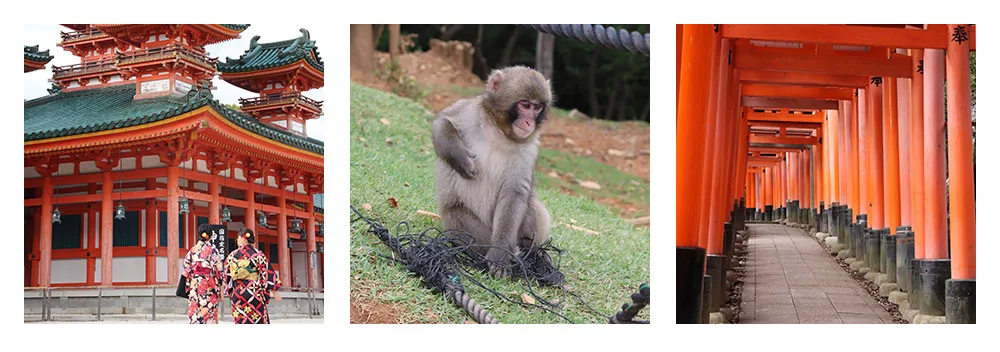
Depending on if you want to spend more time in Tokyo or are eager to move onto Kyoto, you can choose any time to make your transfer. I recommend the latter so you get more time in Kyoto. Kyoto is about 250-300 miles from Tokyo so I recommend taking the Shinkansen (bullet train) to make the most of your time. You can find one that’s covered by your JR pass if you have one.
It’s time to explore Japan’s ancient capital! For your first day, I recommend heading east of the river to see the amazing temples. I recommend seeing Sanjusangendo Temple and then starting at the iconic Kiyomizu-Dera and then make your way up. There are so many temples in this area that it would be so difficult to list them all, but I recommend going up to Kodai-ji through Maruyama Park and then up to Heian Jingu.
Depending on how much sunlight you have, you can go to Fushimi Inari Taisha which is the iconic mountain with thousands of gates. I recommend doing this last since it’s a few hours’ hike up, and you can choose if you want to see just a little of it or most of it.
If you don’t get around to any of the above (which will take hours), I highly recommend doing them another day because they are the true highlights of Kyoto.
Some things to do in Kyoto:
- Kiyomizu-Dera
- Kodai-ji Temple
- Yasaka jinja
- Chion-in Temple
- Shoren-in
- Heian Jingu
- Kinkaku-ji
- Sanjusangendo Temple
- Fushimi Inari Taisha
- Nijo Castle
- Kyoto Imperial Palace
- Arashiyama Bamboo Forest
- Arashiyama Monkey Park
Book your stay in Kyoto
Day 7: Kyoto
It’s your second day in Kyoto! Today I recommend going to the northwest part of the city. You can start the day at Kinkaku-ji Temple which is the iconic gold leaf temple. Then head over to Arashiyama Bamboo Forest and Arashiyama Monkey Park. In the late afternoon/evening, you can explore this area or head back to the city and explore other parts. There’s tons to see in Kyoto, especially if you like temples. If you have a JR Pass, you can easily get around the city with designated JR buses and rail lines.
Day 8: Kyoto
Another day in Kyoto! Today you can see Nijo Castle and catch up on the things you haven’t seen yet. Maybe head back to east of the river/the Gion district to see more temples – because honestly, there’s no way to see them all in one day. You can also take the time to rent a kimono for some pretty pictures.
If you got to Kyoto early or are temple’d out, you can also head to Osaka which is less than an hour away. You can’t properly see Osaka in a day trip (trust me, I tried) but you can visit the iconic Osaka Castle. Since Osaka is the culinary capital of Japan, you should not forget to try one of their many world-class restaurants! (Actually, since Osaka is so close to Kyoto, my foodie brother and I would go there for dinner each night.) Definitely visit at night so you can see the lights of Dotonbori all lit up.
Book an Organised Tour in Kyoto
Day 9: Day Trip to Nara
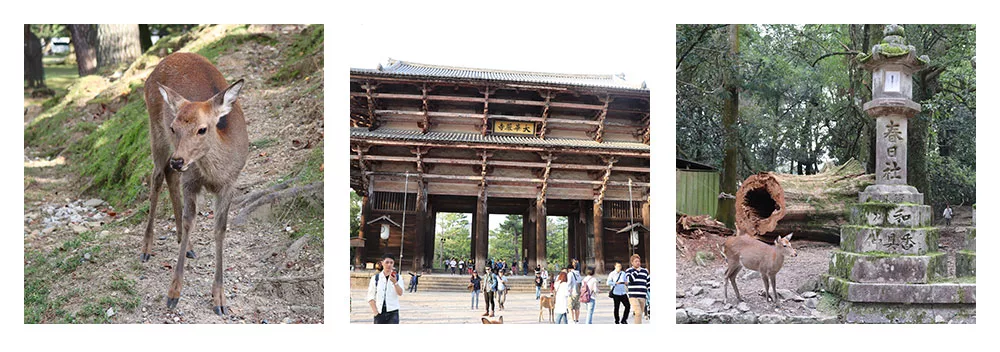
It’s time to head to Nara to see the famous Deer Park! You can see the 7 Great Temples of Nara, including the most famous Todai-Ji, before heading over to the Deer Park. However the deer roam freely in Nara, including within the temples, so “park” is a very liberal term. It’s more of a Deer Town and you can easily enjoy both the temples and the deer at the same time.
Nara may look quite small but you can easily spend the whole day there.
Day 10: Transfer to Hiroshima
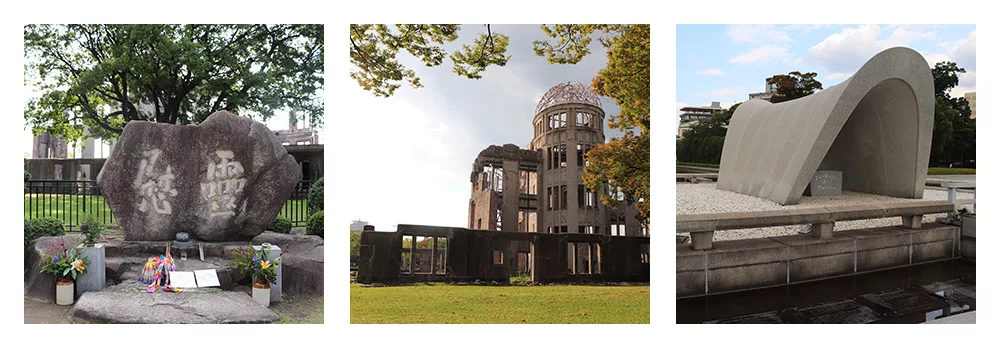
It’s time to transfer to Hiroshima. You can either do so in the morning or the afternoon, depending on how much unfinished business you have left with Kyoto.
When you get to Hiroshima, I cannot recommend going to the Atomic Bomb Dome and the Hiroshima Peace Memorial and Museum. It’s a difficult place to visit but also very important, and is to Japan and our 9/11 is to the USA. The Museum was one of the most memorable I’ve ever been to.
If you have time, you can head to Hiroshima Castle. At this stage in the itinerary, my brother and I were a bit exhausted and took our time in Hiroshima to relax and play Pokemon.
Some things to do in Hiroshima:
- Atomic bomb dome
- Hiroshima Peace Memorial & Museum
- Hiroshima Castle
Book your stay in Hiroshima
Day 11: Day Trip to Bunny Island

A 2 week Japan itinerary is not enough to cover everything Japan has to offer but one of the most rewarding day trips I went on was to Okunoshima, or Bunny Island, and I can’t recommend it enough!
You will need to get to the Tadano-Umi station via bus or train and then catch the ferry over to Bunny Island. Once you’re there, you can spend the whole day walking around this gorgeous island. Soak in the WWII history, the beaches, and the cute bunnies eager to say hi!
Day 12: Hiroshima & Miyajima
It’s transfer day again, which means you can leave early or late to get to Miyajima, depending on how you feel. You’ll need to take a train down to Hiroden-Miyajimaguchi Station and then take a short ferry over to Miyajima Island. Spend the day at the iconic Itsukushima Shrine and the surrounding town. Take note that a lot of restaurants and stores here close early so grab a Momiji Manju (maple leaf cake) before they do.
Book Your Stay in Miyajima
Day 13: Miyajima
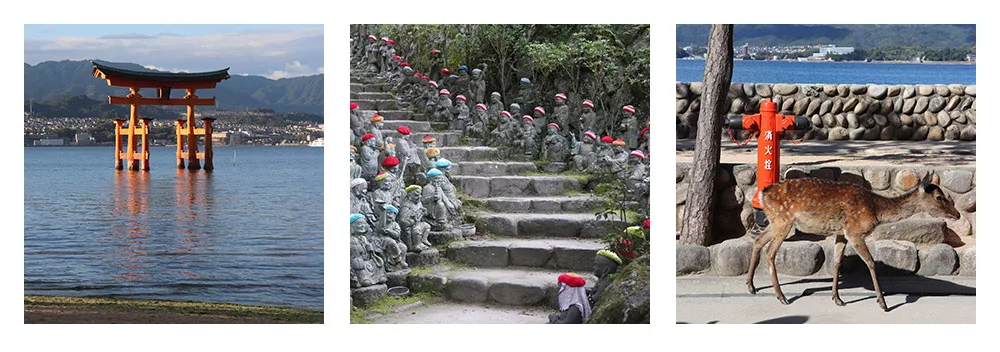
Enjoy a full day in Miyajima! This island is one of the best nature escapes, and also filled with friendly deer. Today you have time to take the hike up to Mount Misen. Take the rest of the afternoon and evening to relax.
Day 14: Back to Tokyo
It’s going to be a long travel day since it will take approximately 5 hours to get back to Tokyo. The bullet train takes about 3 hours 45 minutes to get from Hiroshima back to the capital city. Grab one last dinner to celebrate your last night.
Day 15: Depart
Unfortunately not it’s time to leave. Depart Tokyo at any time.
2 Week Japan Itinerary Checklist
If you’re going to follow this 2 week Japan itinerary with trains, here’s a checklist of what you’ll need to buy:
◻ Flights to and from Tokyo
◻ JR Pass
◻ 5 nights in Tokyo
◻ 4 nights in Kyoto
◻ 2 nights in Hiroshima
◻ 2 nights in Miyajima
◻ 1 last night in Tokyo
If you’re going to follow this 2 week Japan itinerary with bus or train, it may help to buy long-haul transport in advance:
◻ Tokyo to Kyoto
◻ Kyoto to Hiroshima
◻ Hiroshima to Tokyo
2 Week Japan Itinerary Budget Notes
The best way to get around Japan is by train, which are quick and efficient. You can buy your JR Pass here. For this 2 week Japan itinerary, you’ll be using it for 10 days so you’ll need to buy the 14 day pass. This is not cheap and costs 80,000 YEN which is currently almost $550.
I did the research and the math (as of February 2025) and to take the necessary trains alone would be about $600 without the JR Pass. This doesn’t include public transit on JR which would be included or any spontaneous stops you want to make. It’s not overpriced; it’s just expensive.
A cheaper option is to take buses, which will cost about $300. There are multiple bus companies in Japan so you will need to do some research. The big disadvantage is that it takes a lot more time to get from A to B. The Tokyo → Kyoto route and Hiroshima → Tokyo route will be overnight and you may not be able to rest very well on a bus. But it’s completely up to you!
For budget travellers I always recommend staying in hostels! I have some widgets for booking stays on this page but if you can’t find anything in your price range, I suggest going straight to Booking.com and search “price low to high.”
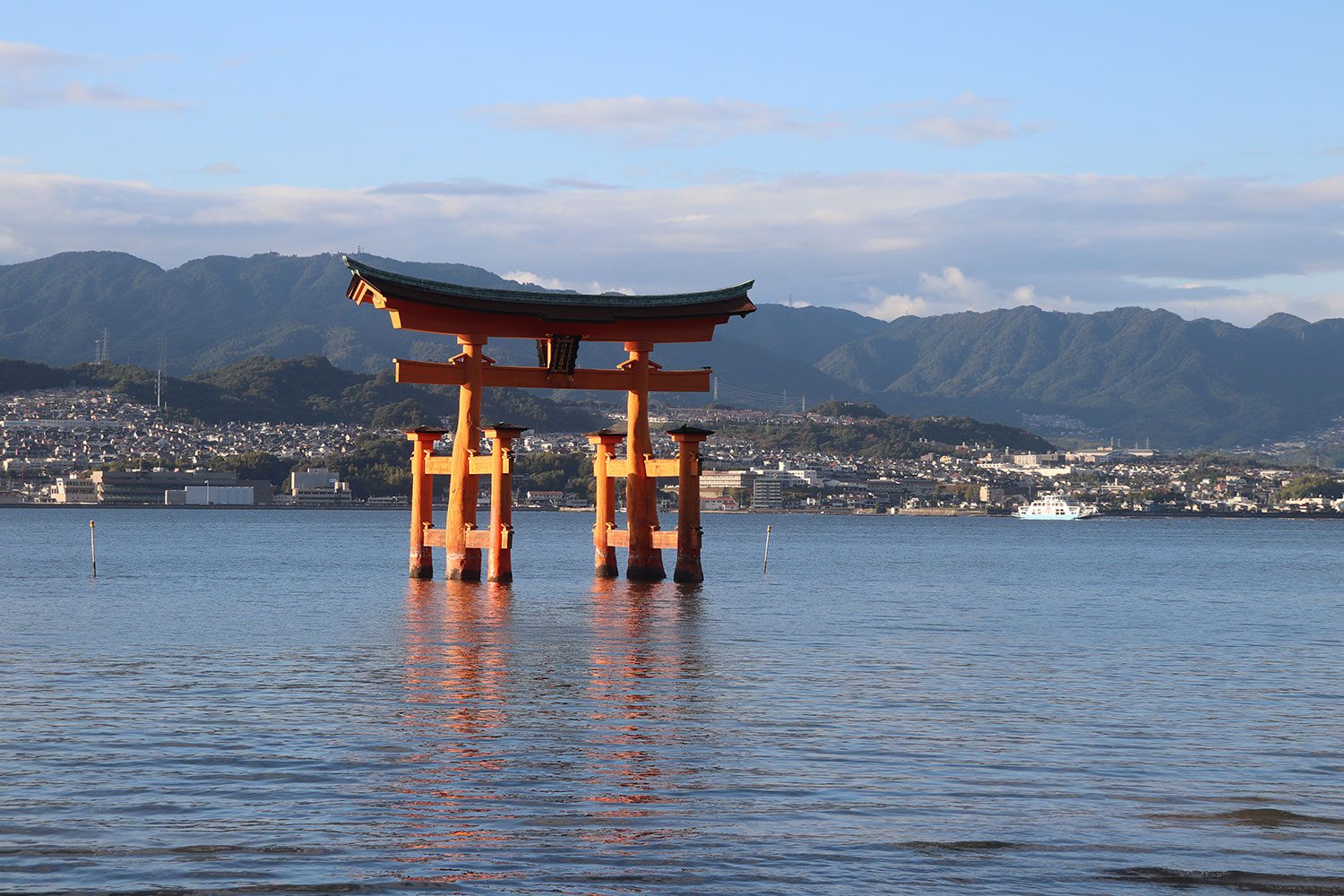
A lot of people are excited to get to Japan and it’s such a lovely place. This was basically the trip my brother and I took and really enjoyed. I hope this 2 week Japan itinerary was helpful to make the most of your trip planning to Japan and that when you go, you have a great time!
Pin This for Later



Need a Book on Japan?
I’m happy to partner with Bookshop.org to promote sales from independent booksellers.








